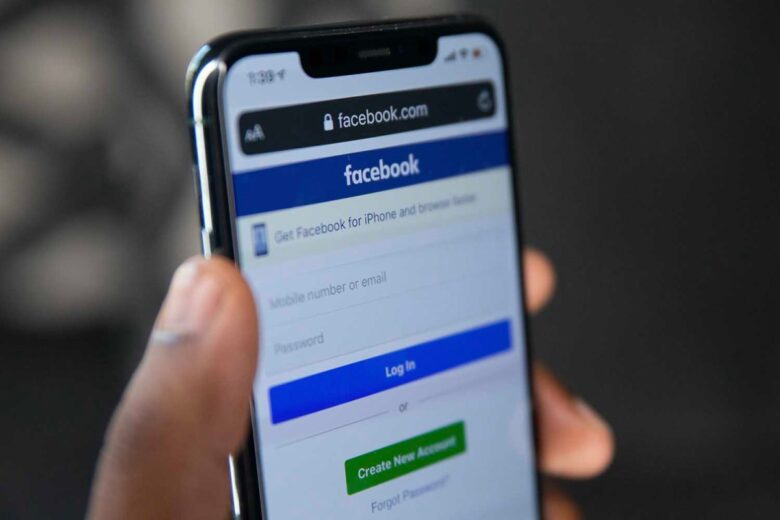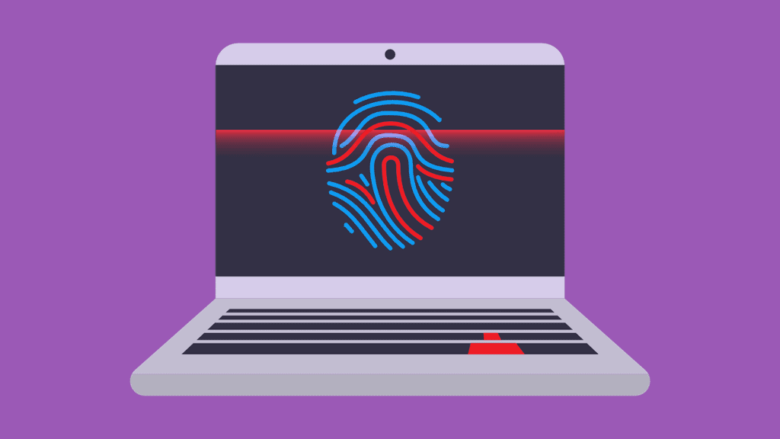Popularity is the most important thing on Facebook. No post can reach the needed audience successfully without enough initial likes and comments. You could try to achieve this with ads, but they cost a ton and users tend to skip them right away.
To kick-start organic growth, you will need at least several accounts. There are a couple of ways to create multiple Facebook accounts, and we will cover their basics below.
Creating accounts manually

Source: insidehook.com
An obvious method is to create the accounts manually by repeating the same registration process a couple of times. This approach is suitable only for those who need a smaller amount of accounts as it won’t be time-efficient in the long run.
Efficiency is also low because you need to avoid Facebook detecting what you are doing and banning your accounts right away. In case you don’t know, it is against Facebook’s rules to create more than one account and use inauthentic profile information.
The first rule is to take your time while creating multiple Facebook accounts manually. It applies to the registration process and how you use the accounts afterward. Don’t create new accounts every couple of minutes or even on the same day. It’s almost always better to take breaks for at least a week.
Older accounts look more legitimate, but unique personal information and post activity are equally important. Use different emails from multiple trusted providers, like Gmail or Yahoo. Additionally, create the email accounts at varying times as well.
Don’t forget to post and add friends regularly as this will increase the overall legitimacy of the account. However, the biggest legitimacy for the account comes from the IP address. Every time you visit Facebook, it tracks your IP address. If you use multiple accounts, both the IP and account could be flagged and get banned.
Proxies
Proxies are a way to avoid IP-related restrictions on the internet, including on websites like Facebook. They work as relay servers that can route your requests while changing the IP address along the way. Proxy servers have IP addresses of their own, so only the proxy information is visible when forwarding your requests.
Facebook’s security algorithms are very advanced and they are fighting the usage of multiple accounts actively. Meta has recently claimed to have taken down more than a billion fake accounts. Therefore, you need to be extra careful and use only the best-quality proxies.
The first thing to know is the type of proxies you need. Datacenter and residential proxies are used most commonly for social media sites. However, with Facebook, you should use only dedicated residential Facebook proxies.
Datacenter proxies are fast but also easy to detect. They are created in data centers and their IPs differ only in a couple of digits. Ordinary internet service providers do not verify them.
Residential proxies are verified by internet service providers and run from ordinary home connections. It makes them a bit slower but harder for Facebook to notice.
Avoid any free or shared proxy servers, as Facebook might have banned them already. Using them will certainly compromise your project.
Some proxy providers frequently test proxies to work with Facebook specifically before selling them to customers. Such proxies are labeled as Facebook proxies.
Browser fingerprinting

Source: pixelprivacy.com
Unfortunately, IP addresses aren’t the only information Facebook uses to identify users and ban multiple profiles. It is possible to identify users with the data collected by interacting with a web browser. Such a process is called browser fingerprinting.
In order to load a page successfully, browsers have to provide additional information about themselves with the request. The data can include the browser name and version, any add-ons used, device screen resolution, and other system parameters. Most worryingly, browsing history can be a part of the fingerprint.
Facebook can use fingerprints to forge an identity of a visitor and see whether it has multiple accounts. While information from browser fingerprinting alone rarely results in a ban, it can draw suspicions to you.
The easiest way to avoid it is to use a newly installed, “clean” browser without extensions or previous browsing history. If you only need a couple of accounts, this will do the trick. If you need more accounts, use an add-on that avoids or randomizes fingerprinting.
Using bots
With more accounts, using a browser will become inefficient. Clicking all the links, entering unique information, and avoiding browser fingerprinting takes time. Luckily, some services can help you solve this issue.
Automation tools, such as PVAcreator or Autobotsoft, can provide you with bots that automate the Facebook registration process. A bot can visit the page, fill in all the details, confirm email and even take care of the fingerprinting issue. You will only need to provide it with instructions, and it will do the rest.
However, your bots will seem suspicious to Facebook as the process is a lot faster than when a human does it. Therefore, you need to use proxies and rotate IP addresses to remain unnoticed. It will ensure that Facebook doesn’t have the time to analyze your activity and find your bot.
Purchasing Facebook accounts

Source: startup.info
If you need even more tips, check this guide on how to create multiple Facebook accounts with proxies. However, there is still one more option for acquiring Facebook accounts – purchasing them.
You must be extra careful about Facebook accounts sold online. There are some success stories, but often people get scammed or don’t receive what’s promised. Try to look for at least a couple of months old accounts with some friends and posts already.
Still, you cannot rush into your desired activity and will need to grow the account yourself before using it. Otherwise, you risk getting a ban right away and losing your money. Therefore, it is hard to recommend this option as the most optimal one. You’re almost always better off creating and growing accounts yourself.
Conclusion
At first, all the ways of creating multiple Facebook accounts seem harder than they actually are. No wonder many people drop this goal without a real attempt. We urge you to try it and see that it is not so complicated.




